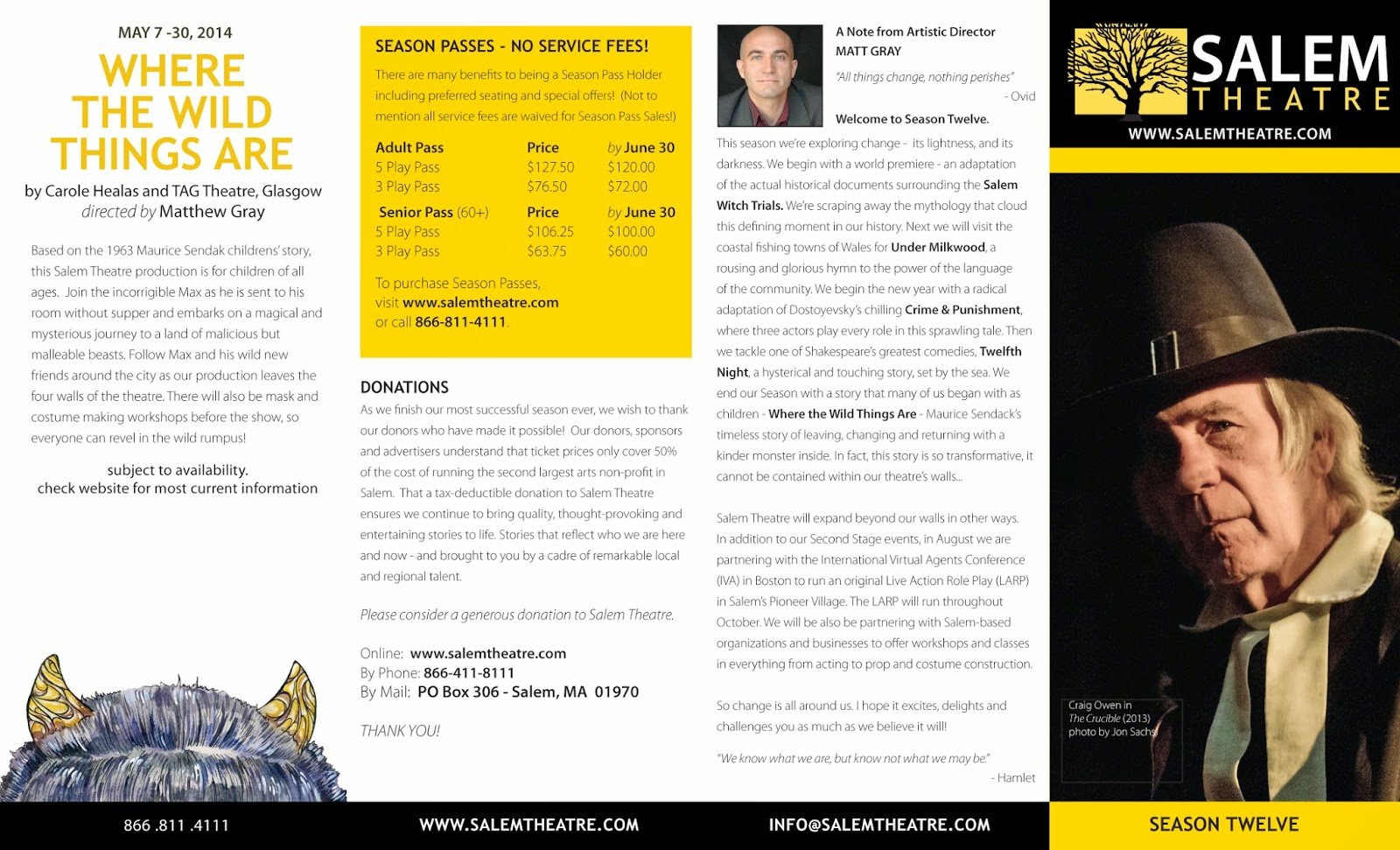The Scarlet Letter Press in Salem, MA is sponsoring an art show inspired by Edgar Allen Poe. Called "Spirits of the Dead" the show is seeking Poe-inspired artwork, hand-made jewelry& crafts for an October 2014 Gallery Show. They are participating in a national month of recognition to support the
City of Boston's installation of a life-sized Poe bronze, sculpted by
Stefanie Rocknak. The sculpture is being installed around October 7th,
the anniversary of Poe's death. Previews of the clay sculpt, can be seen
at
www.bostonpoe.org .
I want to enter the show, and have been kicking around an idea that I originally executed when I was attending MassArt, way back in the stone age. If I remember correctly, our illustration teacher, Tom O'Hara, gave us groupings of animals to illustrate, such as a gaggle of geese, a clique of owls, etc. Some of the names for groupings of animals were quite surprising, such as a "murder" of crows. The animals were assigned at random by drawing a slip of paper with the name of the animal on it, literally out of a hat.
My animal ended up being the raven, which are referred to in a group as an "unkindness". It was up to the individual student to decide how to visually represent the grouping. Most of these took the form of a visual pun. The more imaginative, the better.
At the time I had been reading a collection of Poe's short stories for one of my English classes, and of course "The Raven" sprang immediately to mind. I have always been a fan of Poe, partly because of his writing, but also because he seemed like such a glorious nut-job.
Now images of Poe with a raven are hardly original, so for my interpretation, I needed to up the anté. I wanted Poe, sitting at his writing desk, being menaced and annoyed by not just a single raven, but by a ridiculous number of ravens. I don't remember how many I had in the original, but I had them sitting on his desk, the back of his chair, pulling his hair, pecking at his pen, dipping their beak in his inkwell and flying around the room. Poe had a look of exasperation and distress on his face. The effect was more comical than horrific. I remember that people seemed to like it.
In the 30 years since I graduated, after several moves and a divorce, I lost almost all of my college work, including the original piece.
Recently I decided to try and "re-imagine" the original. The original piece was vertical in orientation, and Poe was dead center, surrounded by ravens as if in the center of a storm. It was also done in black and white. The new version was going to be a bit less symmetrical, a bit more historically accurate. The original had a very fanciful interpretation of Poe's chair, which looked more like a medieval throne, and his desk was very plain, and pretty much empty except for some books and papers. For the new version, I wanted something closer to what Poe may have actually used. I also wanted to include a bust of the Pallas Athena. I gathered my reference materials, photographs of Poe, period furniture, books, Athena, and lots and lots of raven pictures.
Here is what I came up with in the new sketch.
I scanned the sketch, cleaned it up, and then started a value study using Photoshop. I placed the linework on a separate layer, and then using that as a guide for selecting areas, began coloring in and shading the black and white drawing. I wanted to be able to play around with the lighting at the sketch stage in a way that would allow me to change things easily. I have three sources of light in the image, two candles and a fireplace. The lighting was going to be tricky to make look convincing.
The left foreground also seemed a bit empty, so I added another, larger raven into the foreground. This is where I am at now with the value sketch. The big question now is, what size to I make the finished piece, and do I keep it in black and white, or do I add color? if I add color, do I make it a spot color such as red? Should I add the title "An Unkindness of Ravens" to the picture? Stay tuned.
Here is day one results of the actual painting. It is on an 8" x 10" stretched canvas.
Here is the latest version of the painting after laying in the color over the monochromatic underpainting.
Here is the final piece I delivered to the Scarlet Letter Press this week. I refined the painting and highlights, and added a coat of gloss medium over the eyes of the birds and Poe, as well as the inkwell, the buttons on his waistcoat and the ring on his left hand. I then gave the entire piece a coat of spray varnish. It is mounted into a black wooden box frame. You can see it on display at the Scarlet Letter Press in Salem through the month of October.





















































